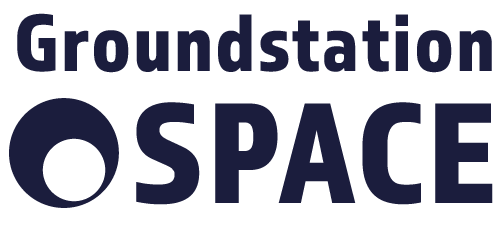Water-ForCE project kicks off

New Horizon 2020 project Water-ForCE (Water scenarios For Copernicus Exploitation) kicked off earlier this week, with strong Dutch input.
The Water-ForCE consortium is led by the University of Tartu (Estonia) and consists of 20 organisations from all over Europe, including Dutch organisations dotSpace Foundation, the IHE Delft Institute for Water Education and environmental consultancy Water Insight.
Water-ForCE will investigate ways to better integrate inland water characteristics and requirements into the Copernicus programme, by assessing the impact (cost-benefit) of:
- a new Copernicus service element (Copernicus Inland Water Monitoring Service),
- that is integrated in the one of the existing Services e.g. Copernicus Land Monitoring Service,
- enabling better coordination of inland water across the current six services.
The result will be a Roadmap providing the European Commission with an advice describing the optimal political structure, policies, new instruments in space and in water, links with in-situ networks and new water products.

This Roadmap aims at the development of the next phase of Copernicus Inland Water characteristics, including the space sector, research community, policy, industry and third sector. The Roadmap will be benchmarked against community requirements, recommending services that should be delivered centrally by Copernicus and innovation opportunities that are better suited for business and research development. The Roadmap will also provide the strategy to ensure effective uptake of water-related services by end users, further support the implementation of relevant directives and policies and evidence policy development. This cross-disciplinary approach will align in situ and remote observation as this is essential to furthering the exploitation of operational observation platforms.
In the period 1 January 2021 – 31 December 2023, Water-ForCE will:
- Analyse EU policies to identify where the Copernicus services can improve monitoring programs and how the Copernicus data can be more effectively used in developing and delivering the next versions of the directives.
- Specify the requirements for future Copernicus missions (e.g. optical configuration of Sentinel-2E and onward, hyperspectral sensors).
- Optimize future exploitation for inland water monitoring and research, and consequently enlarge the service portfolio and improve the performance of current services.
- Highlight the distinction between core Copernicus services and the innovation opportunities to deliver bespoke services to the community.
- Contribute to the improvement of the existing Copernicus portfolio through analysis of the capabilities of current satellite and in situ sensors in order to provide more accurate and high-level (e.g. biogeochemical) products for inland water services.
- Facilitate closer cooperation between in situ and remote sensing scientists in the context of a common dialogue between researchers and water managers.
- Develop future-proof water quality and water quantity approaches and add modeling and data assimilation activities.
As part of the project we will organise stakeholder sessions to involve the broader water and water-related communities. Therefore, if you’re interested to learn more or would like to become involved, please contact Linda van Duivenbode, Ioana Popescu or Steef Peters.
You can follow the Water-ForCE project on Twitter!
All info about the project, including a complete list of its consortium partners, can be found on the CORDIS website here.













